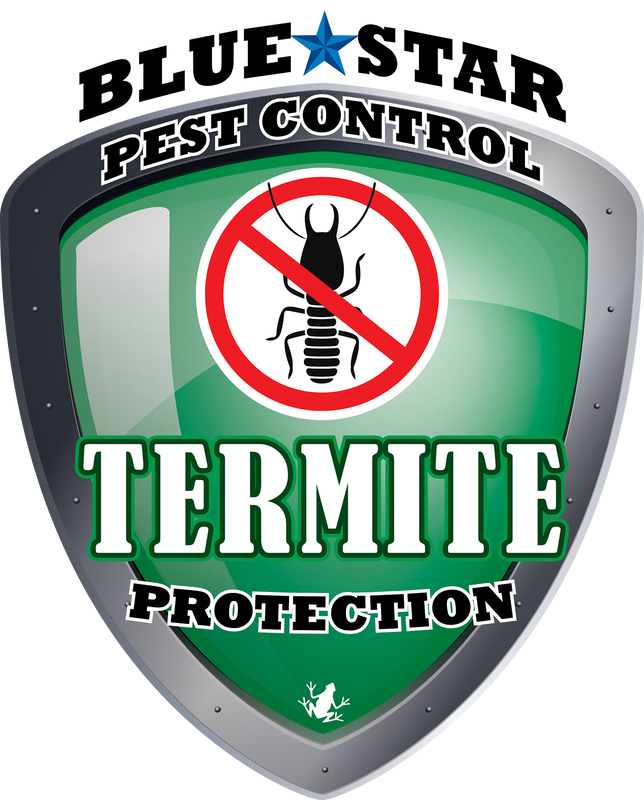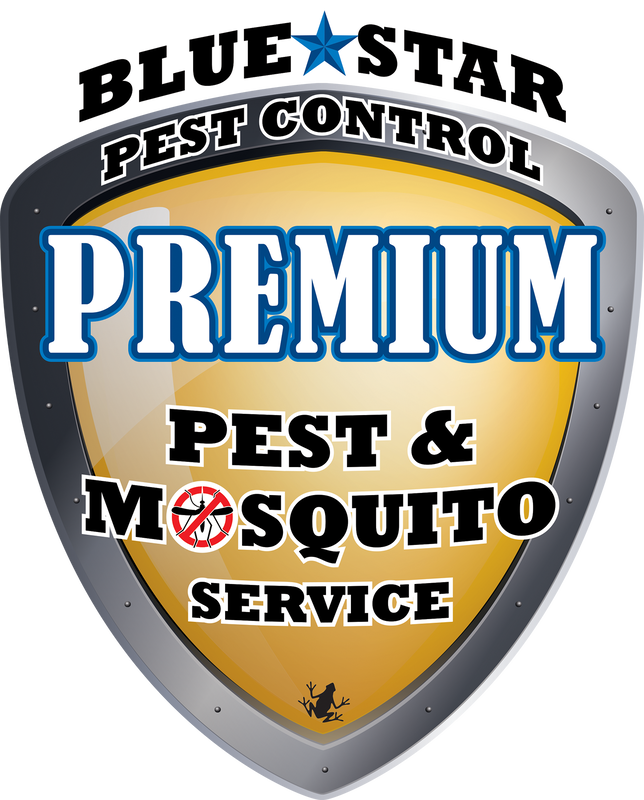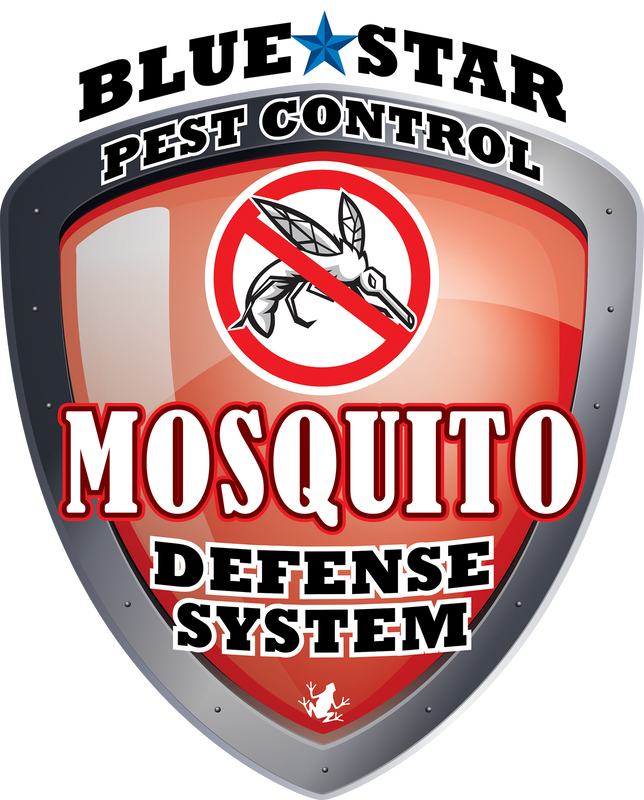Argentine Ant
|
Description:
Light to dark brown; abdomen may appear silvery after heavy feeding. Argentine ants are small ants. They are often present in great numbers and may form long lines. They forage 24 hours a day. Workers are all one size although a larger queen may occasionally be seen foraging in the open. Queens are 2 to 4 times as large as workers and are grayish brown in color. Winged males may also be present in lines of foragers. Argentine ants are identified by the following characteristics: The thorax lacks spines. The pedicel is a single segment and visible when the ant is viewed from above. Argentine ants produce a faint grease-like odor when crushed. Habitat The Argentine ant is now permanently established in California and parts of the southern United States, including Georgia and Florida. Argentine ants are not firmly established in Virginia but spotty transient infestations have been reported. It is believed that these ants have been transported to Virginia in landscape materials and houseplants arriving from further south. These ants are most commonly encountered in urban areas and along the coast. Argentine ants are usually found on trees or shrubs, in flowerbeds, in and around mulch, and in trash heaps. In the summer these ants live in shallow nests under mulch, refuse, or the roots of a tree or shrub. Occasionally, Argentine ants actually nest on the surface of the soil. In cold weather, they withdraw into deeper central nests, foraging whenever the weather allows. Argentine ants prefer to nest outdoors but, in areas outside their normal range, will sometimes nest in structures, frequently in the hollow areas of plumbing fixtures or in houseplants. Life Cycle Argentine ants live in supercolonies, nests that may contain hundreds of queens and millions of workers and cover several city blocks. During cold weather the ratio of workers to queens is much lower than in summer months. Like all ants, this species has a complex life cycle developing from eggs into white legless larvae and pupae before emerging as adults. Development from egg to pupa takes place within the nest and immatures are rarely seen. Queens and drones mate within the nest. Only the drones emerge and fly away and probably die without mating again. Swarms of males occur between dusk and dawn and are rarely seen. When queens disperse, it is on foot accompanied by an escort of workers and sometimes brood. Type of Damage Argentine ants are nuisance pests in and around structures because they are usually present in great numbers. They do not sting and their bite is barely noticeable. These ants may "cultivate" aphids, scale insects, or mealybugs on fruit trees, houseplants, or ornamental plantings. These sucking insects produce a sweet excretion called honeydew that Argentine ants use for food. Argentine ants also feed on the honeydew-producing insects themselves. Infestations of mealybugs, aphids, and other sucking pests can damage the health of the affected plant or cause it to become unsightly. Because Argentine ants will harass natural predators to protect their "livestock" they frequently interfere with integrated pest management programs involving biological control. (Biological control is the use of a natural enemy to control a pest organism.) This ant is an important agricultural pest in citrus orchards and vineyards. Argentine ants will also attack and destroy hives of domesticated honeybees. In addition, Argentine ants are a serious threat to the ecosystem. They may eat nestling birds. They out compete native insects for food and habitat and consume or displace natural predators such as lizards, snakes, and spiders. |
|






